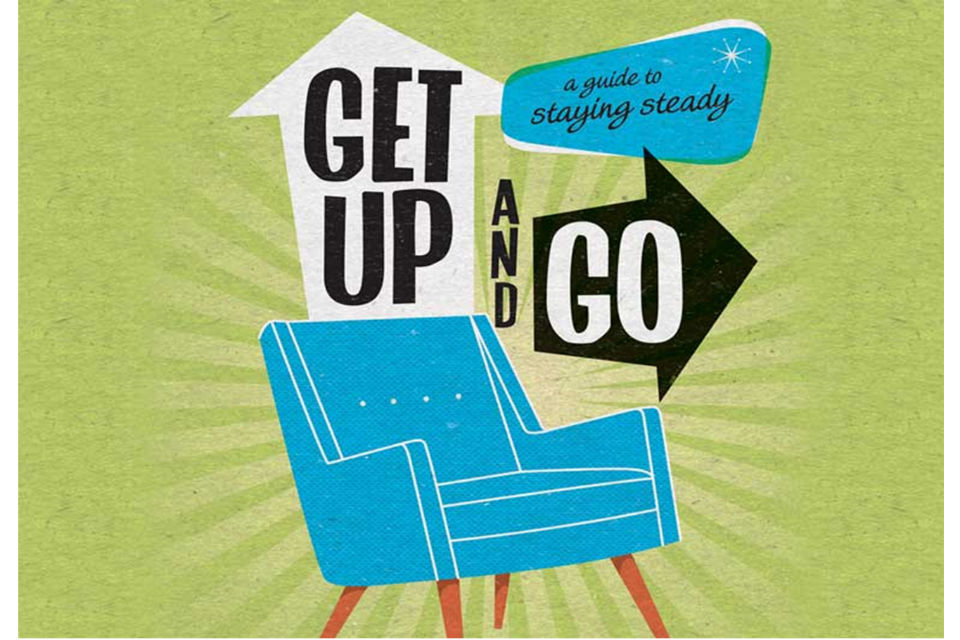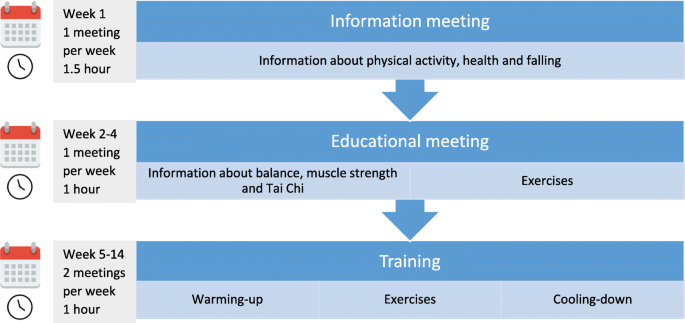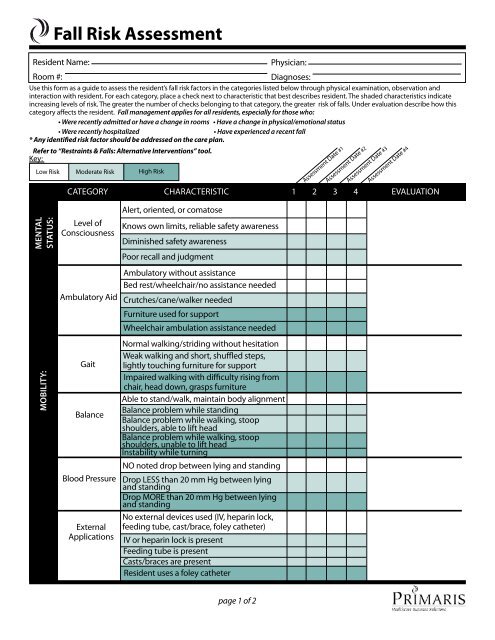Not known Facts About Dementia Fall Risk
Not known Facts About Dementia Fall Risk
Blog Article
Dementia Fall Risk for Beginners
Table of ContentsThe Facts About Dementia Fall Risk UncoveredThe 6-Second Trick For Dementia Fall RiskThe 2-Minute Rule for Dementia Fall RiskHow Dementia Fall Risk can Save You Time, Stress, and Money.
An autumn risk analysis checks to see just how most likely it is that you will certainly fall. It is primarily done for older grownups. The assessment typically includes: This consists of a collection of inquiries concerning your overall wellness and if you have actually had previous falls or problems with equilibrium, standing, and/or strolling. These tools examine your stamina, balance, and gait (the means you stroll).Treatments are referrals that may reduce your threat of dropping. STEADI consists of 3 steps: you for your risk of falling for your threat elements that can be improved to try to stop falls (for instance, balance troubles, impaired vision) to lower your threat of dropping by using effective techniques (for instance, providing education and sources), you may be asked a number of concerns consisting of: Have you fallen in the previous year? Are you fretted concerning dropping?
If it takes you 12 seconds or even more, it may indicate you are at greater risk for an autumn. This examination checks stamina and equilibrium.
The positions will certainly get tougher as you go. Stand with your feet side-by-side. Move one foot halfway onward, so the instep is touching the huge toe of your various other foot. Move one foot totally before the various other, so the toes are touching the heel of your other foot.
Examine This Report on Dementia Fall Risk
Most drops occur as an outcome of several adding factors; as a result, taking care of the risk of dropping begins with recognizing the elements that add to drop danger - Dementia Fall Risk. Several of one of the most pertinent threat variables include: Background of previous fallsChronic clinical conditionsAcute illnessImpaired stride and balance, lower extremity weaknessCognitive impairmentChanges in visionCertain high-risk drugs and polypharmacyEnvironmental variables can additionally enhance the risk for drops, consisting of: Inadequate lightingUneven or harmed flooringWet or unsafe floorsMissing or harmed hand rails and order barsDamaged or incorrectly fitted equipment, such as beds, mobility devices, or walkersImproper use assistive devicesInadequate guidance of individuals residing in the NF, including those that display hostile behaviorsA effective fall danger administration program requires a thorough medical evaluation, with input from all participants of the interdisciplinary group

The treatment strategy should likewise include interventions that are system-based, such as those that promote a secure environment (appropriate lighting, handrails, get hold of bars, etc). The performance of the treatments must be examined occasionally, and the treatment strategy changed as needed to reflect modifications in the autumn risk evaluation. Carrying out a fall risk management system making use of evidence-based ideal technique can minimize the prevalence of drops in the NF, while restricting the capacity for fall-related injuries.
The Of Dementia Fall Risk
The AGS/BGS standard advises evaluating all grownups aged 65 years and older for fall risk each year. This screening consists of asking people whether they have actually dropped 2 or even more times in the past year or looked for medical interest for a loss, or, if they have not fallen, whether they feel unstable when strolling.
People who go to the website have fallen when without injury should have their equilibrium and stride examined; those with gait or equilibrium problems ought to get additional assessment. A history of 1 loss without injury and without stride or equilibrium troubles does not require more analysis beyond ongoing yearly loss risk screening. Dementia Fall Risk. A fall threat evaluation is required as part of the Welcome to Medicare examination

Not known Details About Dementia Fall Risk
Documenting a falls background is other just one of the high quality signs for loss prevention and management. An essential component of risk evaluation is a medicine testimonial. Several courses of medications raise autumn danger (Table 2). copyright drugs specifically are independent predictors of falls. These medications tend to be sedating, alter the sensorium, and hinder balance and stride.
Postural hypotension can commonly be eased by lowering the dosage of blood pressurelowering medications and/or stopping medicines that have orthostatic hypotension as a negative effects. Usage of above-the-knee assistance tube and copulating the head of the bed boosted might likewise minimize postural reductions in high blood pressure. The advisable components of a fall-focused physical exam are displayed in Box 1.

A Pull time higher than or equivalent to 12 secs suggests high loss threat. Being incapable to stand up from a chair of knee elevation without making use of one's arms indicates raised fall risk.
Report this page